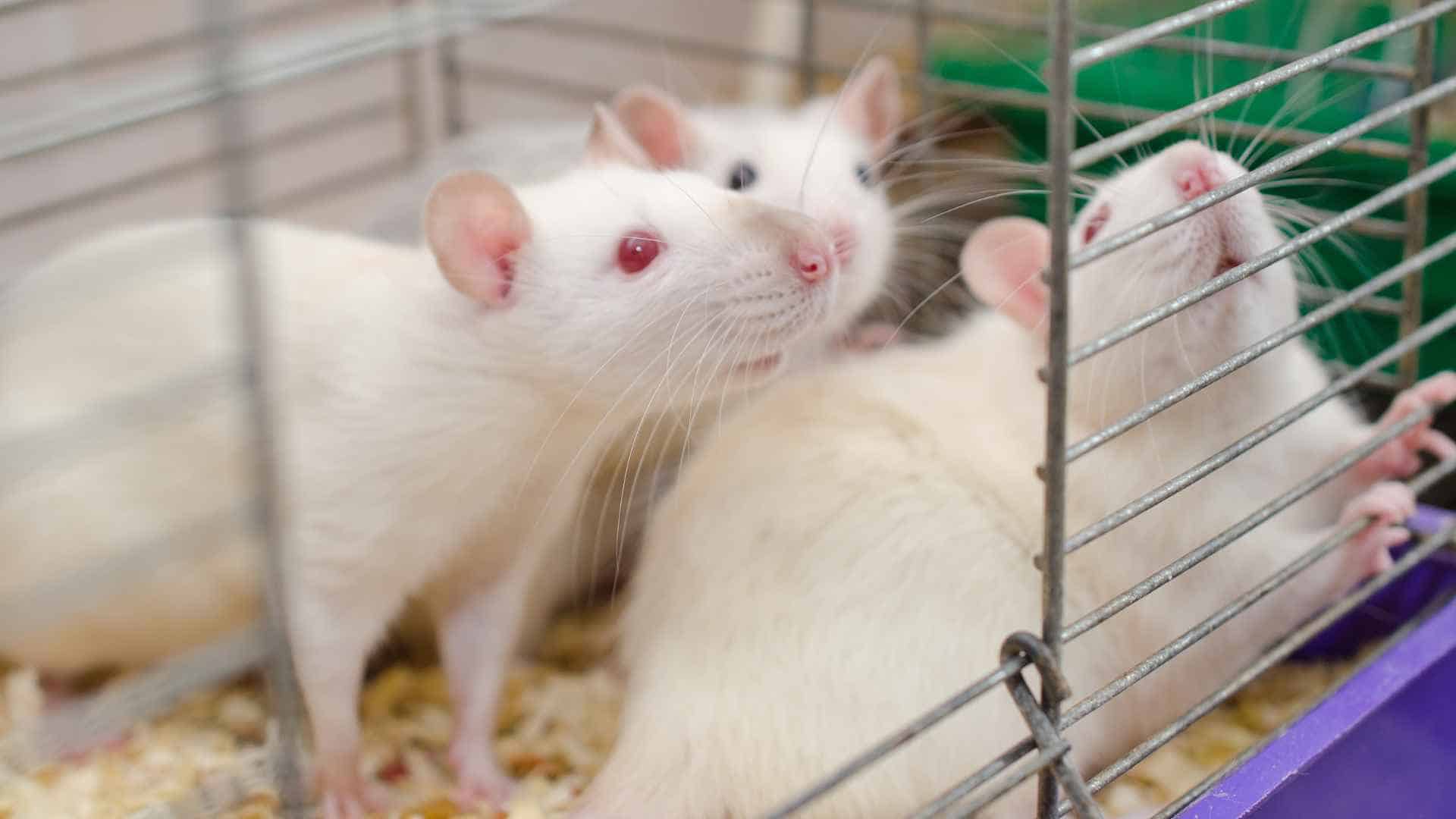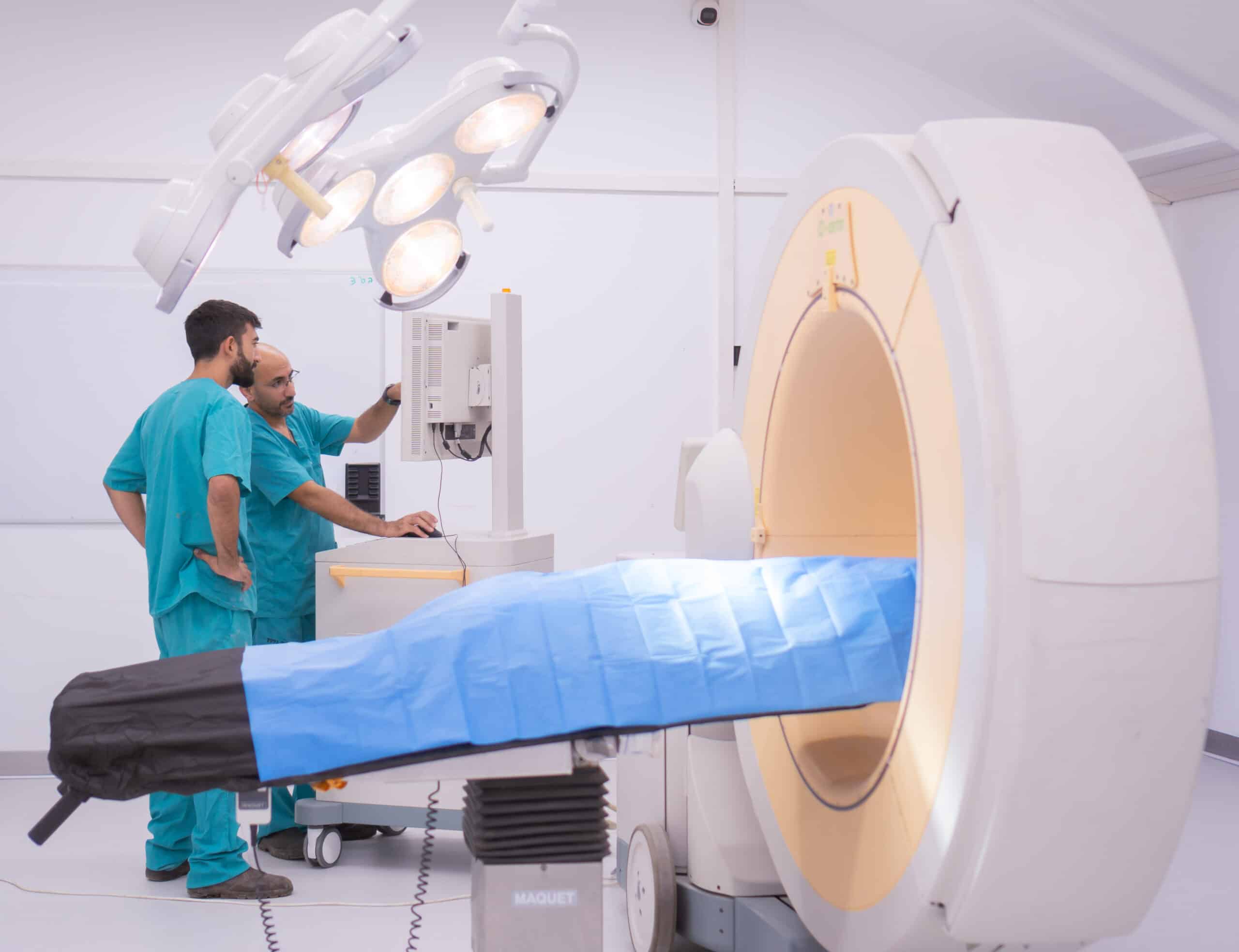Ever felt like a tiny cog in the vast machinery of medical breakthroughs? Imagine, then, how vital preclinical studies on animals must feel. These unsung heroes lay the groundwork for every leap and bound we make in health care.
Did you know that our furry lab partners are not just test subjects but crucial puzzle pieces to understanding diseases like heart disease or breast cancer?
Preclinical studies on animals, often seen as stepping stones, are more akin to gold mines brimming with data ready to pave our way towards FDA approval. Yet behind this treasure trove lies a tapestry woven from ethical threads and scientific rigor—something that doesn’t always get its due spotlight.
So what secrets do these animal ambassadors hold? And how might they transform your view of tomorrow’s medicine?
The Role of Rodents in Preclinical Studies
When it comes to preclinical studies, rodents—especially mice—are the unsung heroes. Their genetic makeup is similar to ours, rendering them suitable substitutes for human subjects in preclinical studies. This similarity has made mouse models a mainstay in neuroscience research where their use has jumped from 20% to about half of all studies.
Mice aren’t just neuroscientists’ best friends; they’re also crucial players in understanding and fighting chronic diseases like diabetes, asthma, and heart disease. Thanks to advances in genetics tools that let us tweak mouse genes with precision, these critters have become even more valuable. It’s not exactly a rat race, but the competition is on to unlock secrets of human health through rodent research.
Genetic Similarity and Tool Availability Drive Rodent Research
You might wonder why we don’t just skip animal testing altogether. But here’s the catch: although lab-grown human cells can tell us a lot, they can’t mimic an entire living system—a system that reacts to diseases or drugs holistically like animals do.
Rodents share enough DNA with humans that scientists often get reliable hints about how new treatments might work on people—or sometimes more importantly—how they won’t work because safety first.
Rodents as Models for Chronic Diseases
If you’ve ever battled allergies or watched someone deal with asthma pumps before a run—the breakthroughs likely started small… really small—with rodents as models. These tiny creatures are central figures behind countless medical advances.
From furry little diabetics helping researchers tackle blood sugar issues, to running wheels shedding light on cardiovascular mysteries—it turns out size doesn’t always matter when it comes down to groundbreaking science.
Ethical Regulations Governing Animal Research
But why? Well, these brainy cousins of ours are not just hanging around in labs for their health; they’re pivotal in understanding complex human diseases because they share a staggering amount of genetic material with us. This is no monkey business—regulatory agencies have tightened the reins on primate research, recognizing that our shared DNA comes with shared social skills and sensibilities.
Enhanced Protections for Primate Studies
The ethics behind animal testing regulations make sure we don’t go bananas when using primates in research. These animals are so much like us that scientists need to step carefully—as if walking on banana peels—to ensure the animals’ welfare is top priority. For instance, thanks to new guidelines, there’s been a sea change in how these creatures are treated: picture more space per monkey and toys galore (because even monkeys get bored). It’s all part of making sure their environment is as enriching as possible while providing invaluable insights into AIDS through nonhuman primate models.
We can’t forget about other ethical considerations either. Picture this: every time researchers want to study something new—like heart disease or breast cancer—they can’t just say “Eeny meeny miny moe” and pick any animal model willy-nilly. They’ve got specific species dialed down for each condition after loads of thought goes into experimental design ensuring that what works for Fido might actually work for humans too.
In essence, whether it’s regulatory agencies laying down the law or drug companies eager to prove drug safety without risking a human subject prematurely—the end game is clear: respect your furry friends who help pave our way towards medical breakthroughs while wearing tiny lab coats… metaphorically speaking.
Alternative Models Reducing Animal Use in Preclinical Research
Excitement is mounting in the preclinical research world, with something big on the horizon. With computer simulations stepping up their game, we’re seeing animal testing take a back seat. These digital wonders let researchers play out countless scenarios at the click of a button—no critters required.
Emerging Technologies as Substitutes for Live Animal Testing
Say goodbye to traditional methods and hello to computer models that predict drug effects with an accuracy that gives Sherlock Holmes a run for his money. Scientists can now explore thousands of drug interactions without having to rely on live animals—a real game-changer. In fact, this shift has whittled down potential compounds from a phonebook-sized list to about 250 contenders before human trials even start.
We’ve also got cell cultures playing dress-up as mini-organs, which means they can mimic human responses right under our microscopes. It’s like having health care insights in Petri dishes—less space needed than your average walk-in closet.
Impact of 3Rs Policy on Animal Welfare
The world is finally taking notice—it’s not cool using animals when you don’t have to. The 3Rs policy (Replace, Reduce, Refine), which reads like the golden rules for ethical science labs everywhere, isn’t just good karma; it’s sparking innovation too.
Labs are buzzing with less squeaks these days because fewer furry friends are needed thanks to alternative models gaining traction—and yes folks—that’s something worth tweeting about.
Utilizing Animal Data for Human Health Insights
Though comparing mice to men may seem incongruous, in the realm of preclinical research it is essential for uncovering human health insights. By tapping into animal data collection methods and statistical analysis, we’re able to glean human health insights that could otherwise remain hidden.
Data Collection Methods: The Nitty-Gritty of Gathering Intel
The journey from animal study to human application is like translating a foreign language. It needs precision and nuance. We don’t just look at what happens; we ask why and how it might happen in us humans, too. Good laboratory practice dictates rigorous protocols because sloppy science won’t give you an FDA approval nod or a pat on the back from your peers.
Think about it this way – every mouse click (no pun intended) during data collection can echo through someone’s life down the line. That’s why our crew at Biotech Farm doesn’t play fast and loose with procedures or ethics.
Statistical Analysis: Crunching Numbers Like There’s No Tomorrow
If Sherlock Holmes were a scientist today, he’d be knee-deep in statistical analysis rather than traipsing around London with Watson. Diving deep into numbers helps us separate true drug effects from false positives – something akin to finding needles in haystacks but without getting pricked. Thanks to our trusty stats wizards, not only do they improve quality control but also let us predict treatment effects more accurately when transitioning from animals needed for trials over to humans waiting for breakthroughs.
This intricate dance between species starts with specific disease models, which help identify potential drug targets faster than lightning caught on camera.
Is it a rat race?, you may wonder? Perhaps so – since these furry critters hold genetic keys that unlock mysteries behind brain functions gone awry or hearts that need mending.
Meanwhile, emerging technologies offer new substitutes worth their weight in gold-standard achievements across clinical studies.
Conclusion
Remember, preclinical studies on animals are crucial. They’re the foundation for new treatments and medical devices.
Recall how rodents give us insights into brain disorders and chronic diseases like diabetes. Their genetic makeup is so close to ours, making them invaluable in neuroscience and metabolic research.
Think about those other species, too – they tackle complex conditions from cancer to HIV. Macaques, for instance, have been key players in vaccine development.
Bear in mind the ethical standards that govern animal testing. It’s all about balance – advancing medicine while respecting our fellow creatures.
Last but not least, consider alternative methods emerging alongside traditional models. These innovations promise a future with less animal suffering without compromising data quality.
All this together shapes the landscape of PRECLINICAL STUDIES ON ANIMALS; it’s where ethics meet progress in healthcare innovation.





